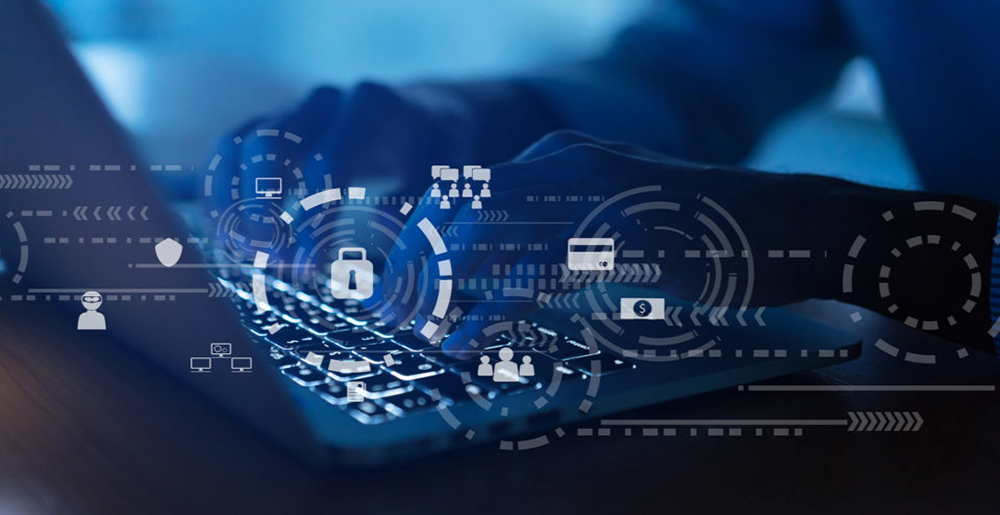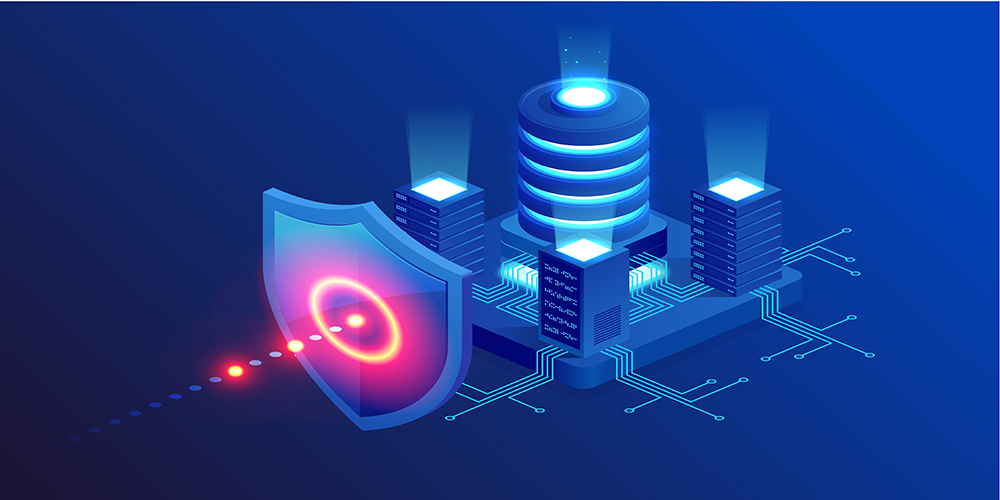Cyber security threats and attacks are becoming more prevalent by the day. Innumerable firms are victims of cyber-attacks, revealing crucial information to cybercriminals. As per Embroker, 66% of companies have experienced a cyberattack in the past year. It is imperative that you safeguard your company from breaches before they occur.
A successful cyberattack can result in significant data loss and the theft of confidential, employee, and customer data. Malware, Trojans, botnets, and distributed-denial-of-service (DDoS) assaults are among the digital weapons used by hackers to disrupt company operations. It’s not easy to get compromised systems up and running again, and data breaches cost an average around 3.86 million dollars.
Here are ten ways to enhance your company’s security to protect it from cyber security threats and attacks.
1.Backup and encrypt your data
Data encryption is still one of the most effective methods for preventing data leaks. Data backup and encryption are essential components of an efficient cybersecurity plan. This way, there’s nothing to lose if your company’s sensitive data slips into the wrong hands. Ensure that sensitive data, such as private customer information, employee information, and other sensitive corporate data, is encrypted first and then backed up.
2. Keep your software updated
Cyber-attacks frequently occur because your systems or software are outdated, exposing vulnerabilities. Cybercriminals exploit these flaws and hack into your network to gain access. Sometimes it’s too late to take preventative measures once the hackers have already entered.
To combat this, it’s a good idea to invest in a patch management system, which will keep track of all software and system updates and keep your system secure and up to date.
3. Staff should be educated about cyber security
To reduce the risk of exposing the business, all employees should be taught how to protect the information they regularly handle. Provide up-to-date cyber security training regularly. Make sure your technology is in good working order. Conduct training sessions with a professional, specialising in detecting and preventing data breaches.
4. Have a Disaster Recovery Plan
If your company is ever subjected to a cyberattack, a well-planned and successful Disaster Recovery Plan will pave the road for a quick response. If such an unfortunate situation occurs, it should have a well-defined escalation channel, prioritizing proactive communication.
5. Employ multi-factor authentication
Multi-factor authentication(MFA) is another established practice for data security. To access their accounts, users must give two or more proofs of their identities, which adds an additional degree of protection. For instance, a user must enter a password, and a code sent to another device before accessing an online account.
6. Put in place security policies
Businesses should also have clear cybersecurity policies in place to inform employees about what is and is not appropriate when it comes to exchanging data, using computers and other devices, and accessing the internet.
7. Use better anti-malware and firewall software
Anti-malware software that has been specifically created to deal with the current malware threats is crucial. While anti-malware software can detect and isolate malware and viruses once they’ve entered your system, it’s even more critical to prevent these dangers from entering in the first place, which is where a firewall comes in.
8. Conduct audits on a regular basis
Although you can’t completely eliminate the risk of cyber attacks, you can take steps to monitor and assess the cyber security frequently you do have. This ensures that the system you have in place works, finds any flaws, and strengthens your security without causing severe business disruption.
9. Consider purchasing cyber insurance
Make sure your company is covered against cyber threats by purchasing cyber insurance. Costs related to data breaches and extortion are generally covered by cyber insurance. The correct insurance plan will also give you access to competent personnel who will oversee the event from beginning to end.
According to the latest projections, the worldwide cyber insurance industry will develop rapidly over the next five years. The entire market size will rise from roughly 8 billion dollars in 2020 to slightly over 20 billion dollars in 2025.
- Enhance physical security
Don’t overlook the need of securing your physical environment as you work on securing your digital business environment. By being on-site and gaining physical access into buildings or data centres, attackers often gain access to login passwords, classified information, network plans, and other important and vulnerable information.
Learn more at Cyber Security Summit
Event Organised by Exito Media Concepts

